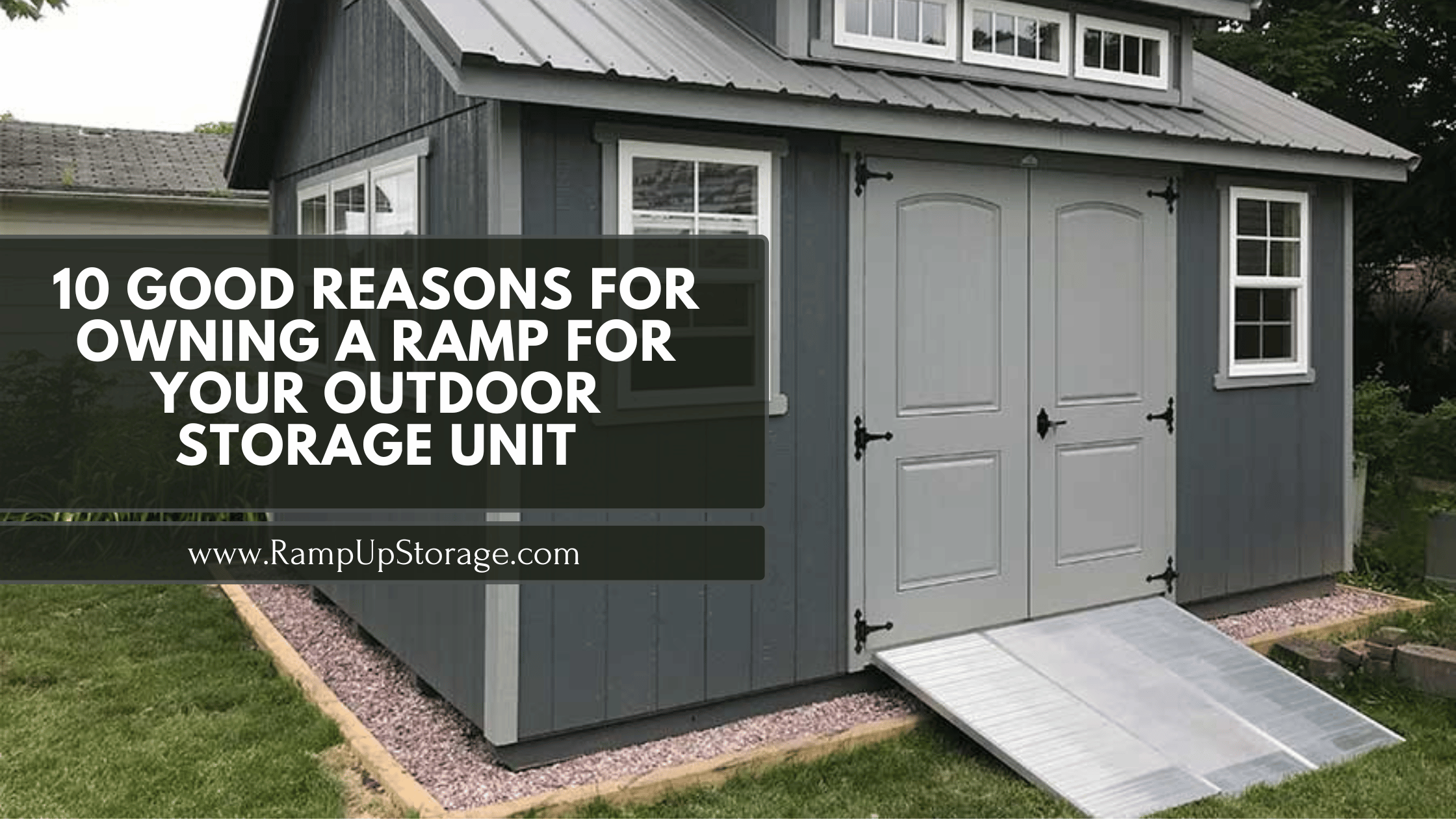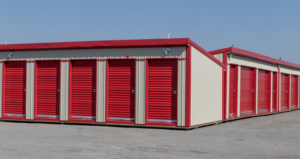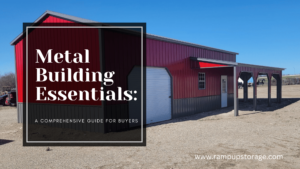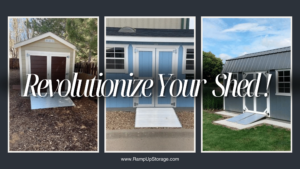Let’s discuss a topic that’s close to our hearts: the undeniable benefits of adding a ramp to your outdoor storage unit. Whether you’re a gardening enthusiast, a DIY aficionado, or simply someone who values organized and accessible storage, this post is for you. Let’s dive into the 10 good reasons why owning a ramp for your outdoor storage unit is a game-changer.
Unmatched Accessibility
Ramps are a gateway to convenience. They provide seamless access to your outdoor storage shed, making the movement of equipment, tools, and other items a breeze. Say goodbye to awkward lifting and hello to smooth transitions.
Versatility at Its Best
Transform your shed into a multipurpose haven with ramps. They accommodate a diverse array of items, from lawn mowers to ATVs, and even golf carts. This versatility makes your storage space a true jack-of-all-trades.
Time-Saving Efficiency
Time is precious, and ramps understand that. They make loading and unloading heavy or bulky items not just easier, but faster. This efficiency is a boon for anyone looking to maximize their productivity.
Prevention of Physical Strain
Ramps are your back’s best friend. They eliminate the need to lift heavy objects, reducing physical strain and promoting a safer, more comfortable storage experience. Your future self will thank you!
Customization for Your Needs
Every storage shed is unique, and ramps cater to this. With various lengths and configurations available, you can find or customize a ramp that fits your shed’s dimensions perfectly, ensuring a tailored solution.
Stylish Upgrade
Ramps aren’t just functional; they’re fashionable. Adding a ramp to your shed enhances its overall aesthetics, giving your outdoor space a stylish upgrade that’s both practical and pleasing to the eye.
Built to Last
Crafted from premium steel and aluminum, our ramps are synonymous with durability. They’re designed to withstand the elements, ensuring a long-lasting, reliable solution for your storage needs.
Adaptable Design
Thanks to their J-style track design, our ramps offer unparalleled adaptability. Easy to install, remove, and store, they give you the flexibility to modify your shed’s configuration as your needs evolve.
Boost Your Property Value
A well-equipped shed is a valuable asset. By adding ramps, you enhance your property’s appeal to potential buyers, potentially increasing its market value. It’s an investment that pays dividends.
Year-Round Accessibility
Come rain, snow, or sunshine, ramps ensure your shed is accessible all year round. This consistent accessibility means your outdoor equipment is always within easy reach, no matter the weather.
Incorporating a ramp into your outdoor storage unit is more than just a convenience; it’s a smart, strategic move that pays off in accessibility, efficiency, and value. At Ramp Up Storage Solutions, we’re committed to helping you make the most of your outdoor space. Visit our website at www.rampupstorage.com to explore our range of ramp solutions and elevate your storage game today!
Happy Storing!





